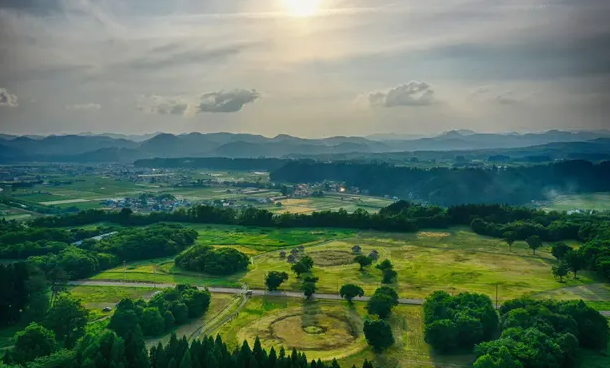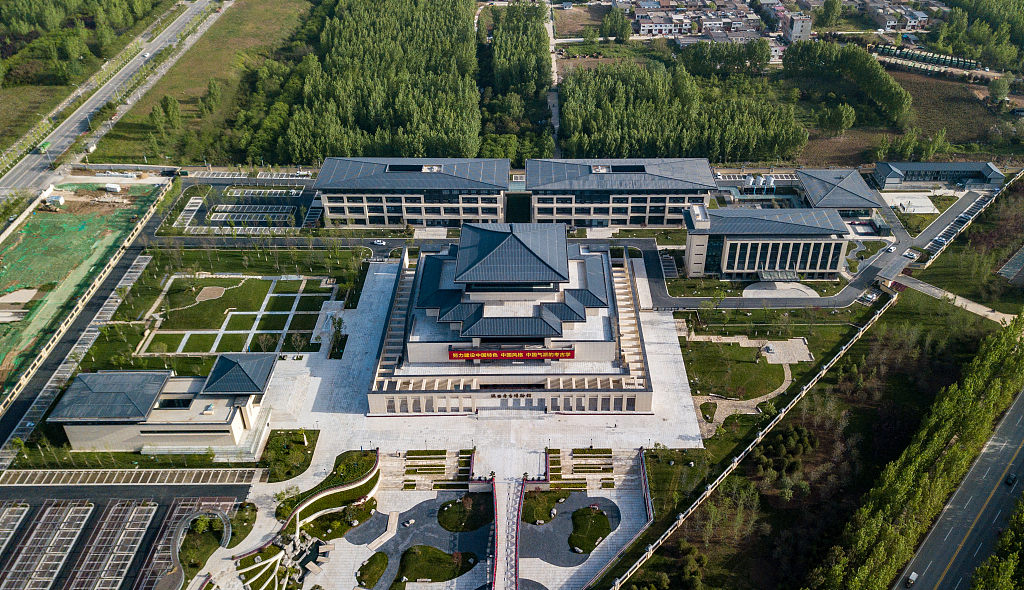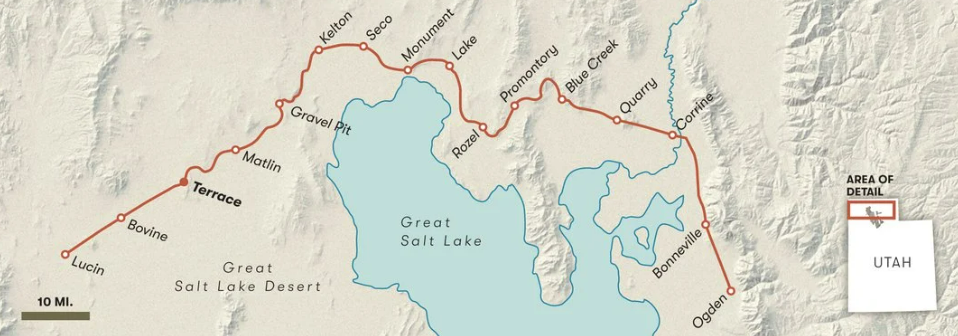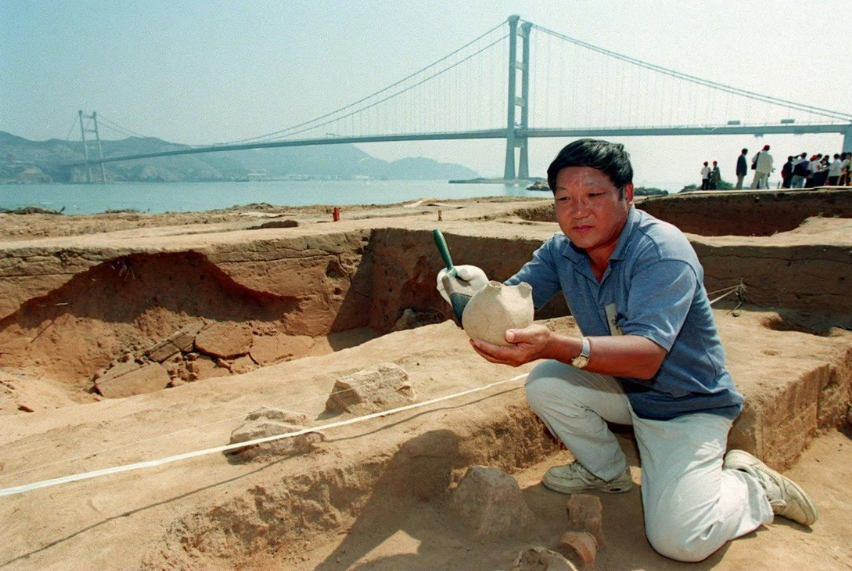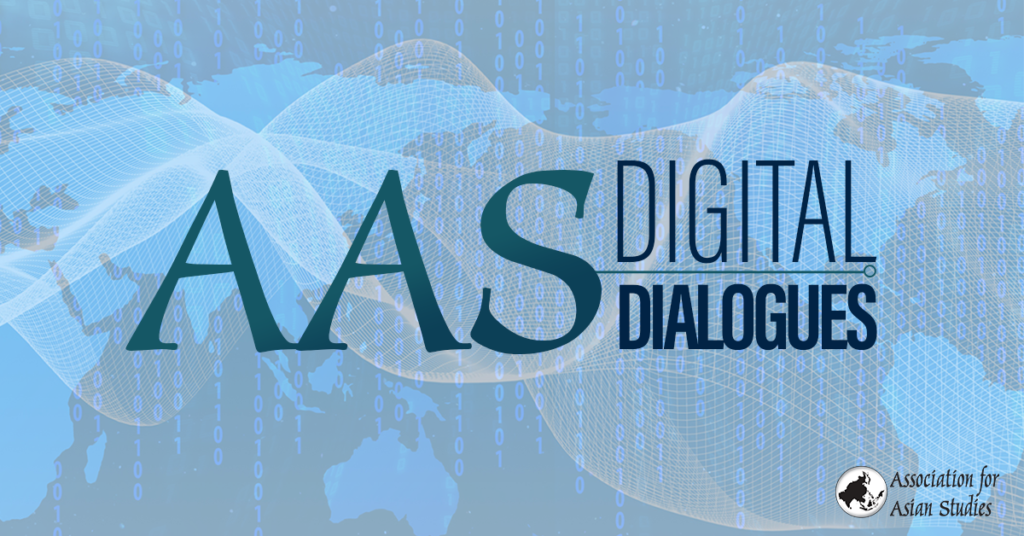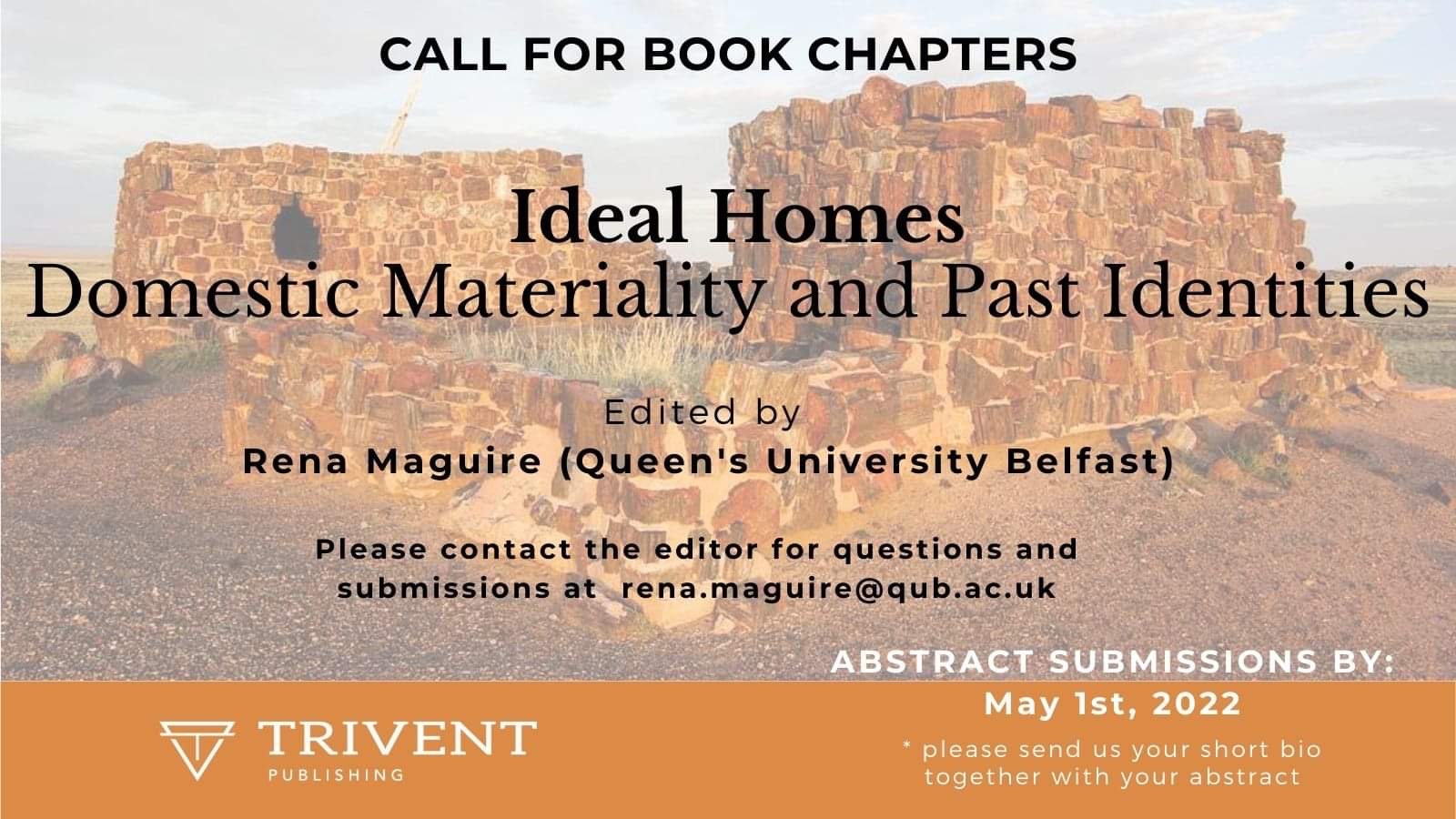The exhibition will feature 80 striking objects, some of which have never before been seen outside Japan. Key loans announced on Wednesday include a flame pot, a highly decorated type of Jōmon ceramics, its fantastical shape evoking blazing flames. Such pots were produced in Japan for a relative short period, perhaps only a few hundred years.
SEAA News Blog
New fieldwork or research discoveries? Upcoming conference or workshop? New job opening or fellowship posting? New book?
Share the latest news of your work with your colleagues, advertise for job or fellowship openings, find participants for your conference session and more on the SEAA blog.
Guidelines: All posts should be related in some way to East Asian Archaeology. When writing your post, please use capital letters for surnames. Original script (Chinese, Korean, Japanese) for East Asian place names, personal names, or archaeological terms is encouraged. For the transcription of East Asian language terms, Pinyin for Chinese, Hepburn for Japanese, and the Korean Government System (2000) for Korean is encouraged.
Contributions should be limited to around 500 words and 1-2 images. For longer descriptions of your projects, you may consider the Reports section of the Bulletin (BSEAA).
Members can submit their news posts to the SEAA web editor via the website (see SEAA Members' Area for details and instructions on blog submissions) or via email. Non-member contributions are also welcome and may be submitted via email to the SEAA web editor.
The editor(s) reserves the right to carry out minor editing, or to decline contributions inappropriate to the objectives of SEAA.
The desert of far northwestern Utah stretches 60 miles from the arid border of Nevada to the saline-crusted shores of the Great Salt Lake. The terrain is exceedingly flat, punctuated only by the intermittent dry arroyo, rocky hill or volcanic cinder cone. Horned lizards and jack rabbits dart between thorny shrubs and scrawny box elder trees. Apart from the occasional cattle ranch or sheep-herding camp, the landscape appears desolate and lonely, forgotten in the expanse of geologic time.
Enhanced efforts will be made in China to encourage international cooperation in archaeology, and national-level plans for joint research are being drafted, the National Cultural Heritage Administration announced on Friday through a general blueprint centered on archaeological development during the 14th Five-Year Plan (2021-25).
According to the blueprint, two to three Chinese archaeological research bases will be set up overseas by 2025, and five to 10"demonstration-level" cross-border projects are expected to be nurtured by then.
A study published in The Journal of Island and Coastal Archaeology in late February found that a small population of neolithic Hongkongers were highly reliant on fish.
Christina Cheung, a researcher at Vrije Universiteit Brussel in Belgium who wrote the study, said these people were so reliant on seafood that they probably did not rely much on farming for food or hunting land animals.
The Association for Asian Studies will be hosting a webinar on Monday, May 2, 2022, from 9-11 AM Eastern Time.
The webinar centers on the experiences of activists in East and South Asia. Sharing information on how activists have encountered attacks on their work and persons in digital and analog spaces in relation to venues such as non-profits, government organizations, or other capacities, the speakers will educate scholars and listeners on how they can operate in solidarity with activists and grow our global networks of collaboration.
The Royal Ontario Museum (ROM) is Canada’s celebrated international museum and houses important collections of art, culture and nature (www.rom.on.ca). ROM is the largest and most attended museum in Canada, attracting more than 1.3 million visitors per year. It has a membership of over 32,000 households and an annual budget of $80 million CAD, and is a world leader in communicating its research and collections to the public.
Ideal Homes Domestic Materiality and Past Identities
Briefing: What happened is, we grew lonely living among the things, so we gave the clock a face, the chair a back, the table four stout legs which will never suffer fatigue.
Even what was beyond us was recast in our image Lisel Mueller. “Things” Mobile societies of the past may well have defined their sources of security and socialisation in different terms than later agricultural peoples, as an entire landscape was ‘home’ for them.
The Bavarian Elite Graduate Program “Standards of Decision-Making Across Cultures (SDAC)“ at FAU Erlangen-Nürnberg is seeking to fill the following position: SDAC Teaching and Research Fellow (Wissenschaftliche*r Mitarbeiter*in) (100%, TV-L E 13, fixed term contract until 30 September 2027)
For those interested, this video "Method of Pottery Lipid Residue Analysis and Practice made by the Japanese Agency of Cultural Affairs is available on Youtube at here!

